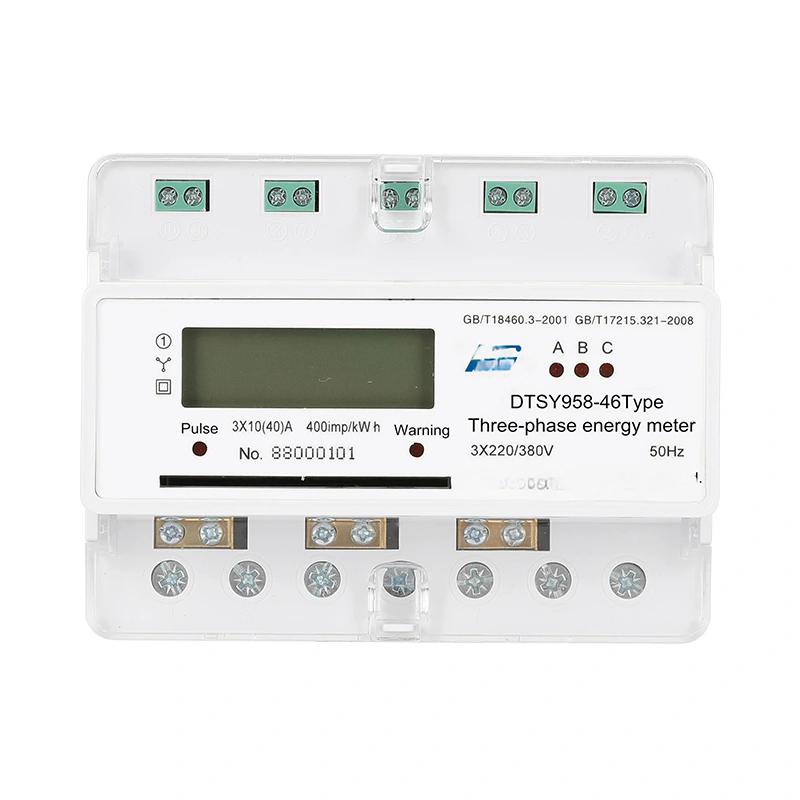Understanding Control Electrical Systems: The Heart of Modern Automation
2025-07-03
Control electrical systems are the backbone of automation in today’s industrial, commercial, and residential environments. These systems manage, regulate, and monitor the operation of electrical equipment, machinery, and processes to ensure efficiency, safety, and precision. From a simple light switch to complex factory automation networks, control electrical systems play a pivotal role in modern life.
What Are Control Electrical Systems?
Control electrical systems refer to the combination of electrical components, wiring, and devices that manage the flow of electricity to operate various machines and systems. These include elements like control panels, relays, contactors, circuit breakers, sensors, programmable logic controllers (PLCs), and human-machine interfaces (HMIs). These components work together to control variables such as voltage, current, timing, and sequence in a wide range of applications.

Where Are Control Electrical Systems Used?
1. Industrial Automation:Factories and production lines use control systems to automate machinery, reduce human error, and increase productivity.
2. Building Management:HVAC systems, lighting, elevators, and security systems are all managed through electrical control systems in modern buildings.
3. Transportation:From traffic lights to electric trains, control systems ensure safe and smooth operations.
4. Renewable Energy:Solar and wind energy systems rely on electrical controls to manage power generation and storage.
5. Home Automation:Smart home devices, such as thermostats, lights, and security systems, are driven by compact control systems.
Key Components of a Control Electrical System
Control Panels:The centralized housing for control devices and wiring.
Relays and Contactors:Switch devices that control large currents with small control signals.
PLCs:Industrial digital computers that automate processes and control outputs based on inputs.
Sensors:Detect changes in temperature, position, pressure, etc., and send signals to controllers.
Switches and Breakers:Protect the system and allow manual control.
Benefits of Effective Control Systems
Increased Efficiency:Automates tasks, reduces downtime, and optimizes energy use.
Enhanced Safety:Prevents overloads, short circuits, and hazardous conditions.
Remote Monitoring and Control:Enables operators to control and monitor processes from a distance.
Flexibility:Easily programmable for different tasks and production requirements.
Scalability:Can be expanded or modified as operations grow.
Trends in Control Electrical Systems
Today’s systems are becoming smarter and more connected. Integration with IoT (Internet of Things), AI-based diagnostics, and cloud-based monitoring are transforming how electrical systems are managed. Predictive maintenance, real-time data analysis, and wireless communication are now key features of modern control systems.
Conclusion
Control electrical systems are critical to the function and advancement of modern technologies across industries. As automation continues to evolve, these systems will become even more intelligent, efficient, and essential. Investing in reliable and innovative control systems not only enhances performance but also lays the groundwork for future growth and innovation.


